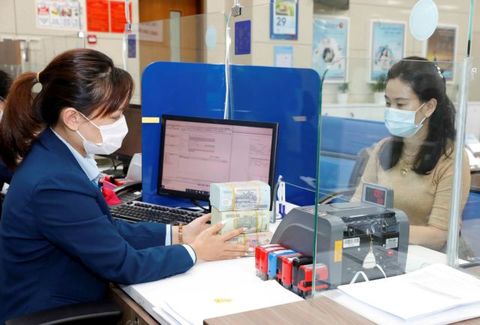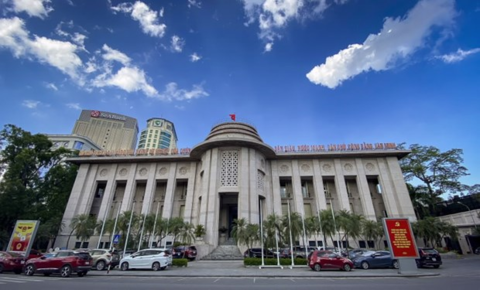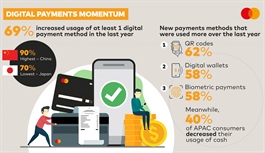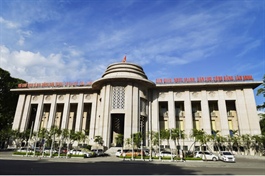Banks moving to restructure bad debts
Banks moving to restructure bad debts
As a circular on debt rescheduling for clients affected by the pandemic has expired, banks will face several scenarios to deal with in terms of debt restructuring.
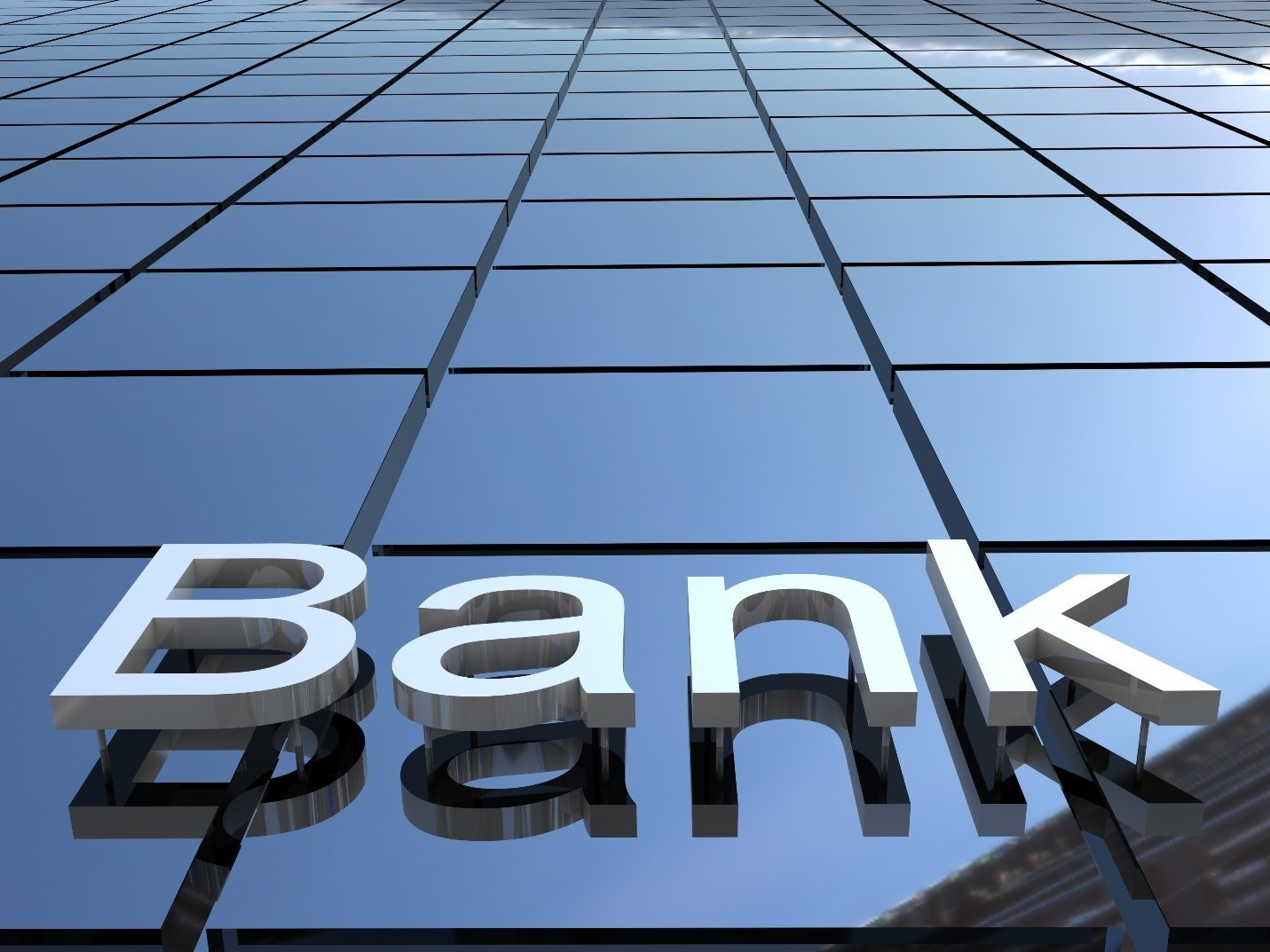
The reporting season for third-quarter banking results is around the corner, with profits and bad debt the top concerns after credit growth slowed in the past three months.
Meanwhile, Circular No.14/2021/TT-NHNN on the continued extension of debt repayment and debt rescheduling for clients affected by the pandemic expired at the end of the second quarter.
The State Bank of Vietnam's (SBV) circular on debt rescheduling points out that if the restructured debt is not paid on time, it will immediately become bad debt by the end of the grace period. Meanwhile, debts of individual borrowers at the same or different credit institutions will be classified into the lowest debt category. However, if the principal and arising interest for the restructured debt cannot be fully paid for three consecutive months, the debt will be classified as Debt Group 1 after the grace period ends.
As a result, there are many concerns that bad debts will soar in late 2022, which would be detrimental for banks.
However, many experts are not worried. Although bad debts may rise, they are less likely to skyrocket as the asset quality of banks has significantly improved to deal with risk. Bad debts will vary among banks depending on the customer base and macro factors like the recovery of the economy and inflation management.
When the economy started to rebound after the beginning of the year, the restructured debt balance saw improvements. There was a sharp recovery in the production and business activities by both individuals and businesses, which helped them with cash flow to pay debts. Many banks recorded a sharp decrease in restructured debt in the first six months of 2022.
At Techcombank, the restructured debt balance dropped sharply from VND1.9 trillion ($80 million) at the end of 2021 to $21 million at the end of the second quarter of 2022. Accordingly, Techcombank's restructured debts on total outstanding loans dropped sharply from 0.5 per cent to 0.1 per cent.
At VIB, the restructured debt balance remained low, plummeting from $79.2 million in the third quarter of 2021 to $44.25 million in the fourth quarter of 2021 and only $28 million at the end of the second quarter of 2022. The bank's restructured debts accounted for only 0.3 per cent of total outstanding loans, down sharply from 1 per cent in the third quarter of 2021. This makes VIB unique, given most banks with a large proportion of retail loans still had many outstanding restructuring loans at the end of the second quarter of 2022.
As of June 30, VIB's bad debt ratio was 1.7 per cent. According to Mirae Asset, VIB's bad debt ratio will improve in the second half of the year. The bank can overcome the negative impact of COVID and the policy of tightening corporate bonds thanks to a large retail lending ratio, which is small loan amount per customer and the lowest number of corporate bonds in the market.
ACB also recorded a 25 per cent decrease in restructured debts in the first six months of the year, accounting for about 3 per cent of the total loan portfolio. Although the restructured debt balance is still quite large, ACB has made a positive change. Moreover, ACB is still one of the banks with the leading asset quality in the banking system. The bank’s bad debt ratio continuously remained below 1 per cent for many years and was only 0.8 per cent at the end of the second quarter of 2022. ACB is one of the three listed banks with the lowest bad debt ratio.
During the debt restructuring period, banks also increased provisioning. Most have made 100 per cent provision for restructuring loans. The bad debt coverage ratio at many banks has reached a very high level.
Vietcombank set a new record for bad debt coverage ratio when it increased from 424 per cent at the beginning of the year to 506 per cent by the end of June 2022. This is the highest level in the banking industry ever. In addition, many banks have a bad debt coverage ratio of over 100 per cent, such as BIDV (279 per cent), MB (271 per cent), VietinBank (189 per cent) and ACB (185 per cent).






